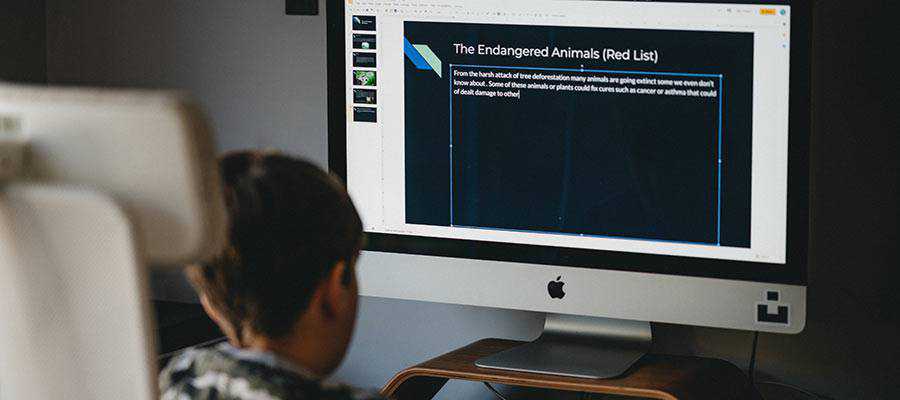How the Web Kept the World Moving in 2020
In much of the world, 2020 started off like any other year. January 1 provided a reason to celebrate and look forward to good things.
You don’t need to be a historian to know the rest of the story. The COVID-19 pandemic, coupled with social and political unrest, made 2020 a memorable year – mostly for the wrong reasons.
It’s certainly been a whirlwind for web designers, developers and marketers as well. We weren’t spared from these stressful times. But, oddly enough, there were some real positives to come out of a difficult situation.
If anything, this year has proven that the web and its related technologies are essential. Here’s a look back at how the web kept us open for business and a whole lot more.






Businesses Had to Adapt in a Hurry
As the pandemic made its way around the world, businesses scrambled to adapt. Whether it was a mom-and-pop operation or an international retailer, immediate change was a necessity. The previously “normal” way of doing things would no longer be viable.
This is where the web (and those who build it) really came to the rescue. It allowed businesses to adopt new ways to work at breakneck speed.
The evidence was everywhere. Restaurants that could no longer accept in-person dining now offered delivery or pickup. Stores of all kinds did the same. In fact, ordering ahead became essential in many areas, as there were restrictions for how many customers could enter a building at a time.
This proved to be a crucial lifeline for everyone involved. Make no mistake – workers in a number of industries suffered job losses. But countless companies were able to stay open to some degree because of web and mobile commerce.
Before 2020, it may have been hard to imagine a scenario where new ways of doing business would need to be deployed so rapidly. But that day came crashing and careening into our world. There have been hiccups along the way. But, by and large, it has worked.

Working and Communicating Remotely
Working from home is nothing new for web designers. Our industry was among the first to become comfortable in doing our jobs remotely. We were way ahead of the curve in this area.
Other sectors didn’t quite have as much time to prepare. Instead, they were suddenly forced to work at home as traditional offices had to shut down. Many people had to set aside space for a home office and somehow manage to get things done.
With that came a need for keeping team members on the same page. Colleagues could no longer walk over to the next cubicle to stay in touch. And email was simply not enough to facilitate effective communication.
Services like Zoom and Skype quickly filled that space. At the very least, they allowed teams to see each other and collaborate. Flawed as they may be, they helped us move forward and continue working.

Keeping Students Learning and Engaged
It wasn’t just businesses that were moving to remote models. Schools around the world also shuttered their buildings. Kids had to adjust to a new way of learning, just as their parents were doing the same with work.
Thankfully, the online educational space has been growing for a number of years. This helped make the transition a little smoother. Geographic areas where virtual schools were previously set up could move students online. In other regions, there was at least a proven path forward for establishing a platform.
Of course, this doesn’t necessarily speak to quality. Like any other online service, education can vary greatly from place to place. And there are certain social interactions that just can’t be replicated on a screen.
Yet there is still a lot of value to online education. These programs are helping students learn from wherever they happen to be. That is far better than the alternative.

Where Would We Be Without the Web?
Let’s take a moment and consider what would have happened if COVID-19 had occurred in, say, 1990. Thirty years is several lifetimes ago when talking about technology. To put it in perspective, the World Wide Web was just a year old at that time.
How would all but the most essential of businesses survive? What would our children do without a brick-and-mortar school to attend? Would supply chains be able to keep life-sustaining food and medicine flowing to those in need?
It’s fair to wonder how even the wealthiest of nations could have coped without technology. Because, as much of a struggle 2020 has been for so many, technology has kept us going – however imperfectly.
Thanks to the internet, computers, smartphones and the web, we can march on in ways not previously possible. We can keep our kids in school, help our local merchants survive and continue to go to work each day. Loved ones we can’t see in person; we can see virtually.
But most of all, we owe thanks to those who use their expertise to make this all possible. Their ability to leverage technology in new ways has helped society adapt. Because of them, we’ve been able to make the best out of a difficult situation. Historians will likely take note.